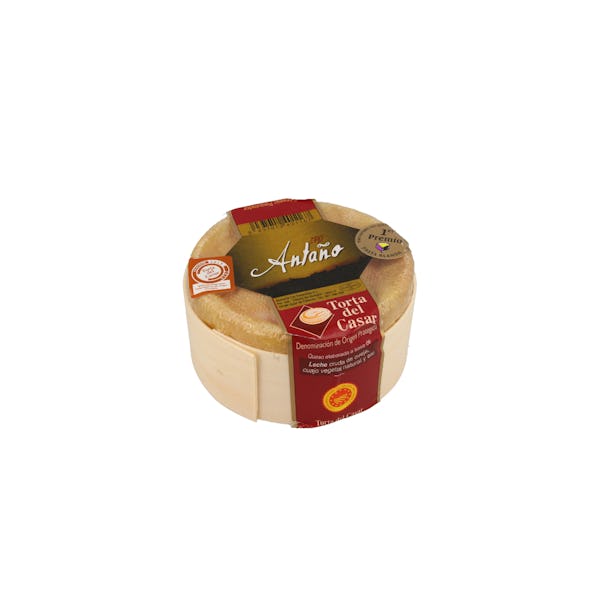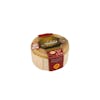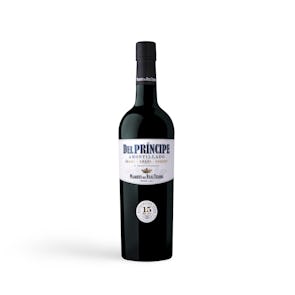Torta Del Casar Mini
PAIRS PERFECTLY WITH
Torta del Casar is a traditional Spanish cheese named after the town of Casar de Cáceres in the Extremadura region, where it originated. It uses raw sheep’s milk and thistle rennet, which gives it its distinct sour tang.
These straw-colored little tortas have a fluffy texture that will soften with age, as well as a distinct sour flavor that blends with hints of grass and lanolin. As the cheese ripens, the flavors become more intense. Due to the rennet employed, it has a distinctive aroma. The rind is light, thin, semi-hard, and yellow to ochre in color, occasionally with little fractures on the surface. The paste is compact, white or yellowish, and silky and creamy.
Its name, “Torta del Casar” is a combination of two concepts. First, its form. This happened by chance; shepherds who used to make this cheese with milk from the sheep they looked after noticed that the inside of the cheese would sometimes not harden, remaining semi-liquid, and because the cheese couldn’t support its own weight, it collapsed into the shape we know today. When this happened, the shepherds described it as “atortado,” because it resembled disk-shaped flour cakes (tortas) rather than conventional cheeses.
Storage Instructions
Cheeses (except brined ones in jars) should be stored in the crisper or the butter drawer of a refrigerator, not on the shelves themselves. This is to help regulate their temperature and humidity levels—and prevents the formation of mold. Once opened, they should not be kept in their original packaging. Soft cheeses with delicate rinds need to breathe, so they are best placed in glass containers lined with paper towels to absorb extra moisture. Leave the lid open a tiny bit for air to circulate and don’t forget to write up a label with the date you first opened the package. Kindly pay attention to the best before date label when you receive your cheese. Consume prior to date indicated.



